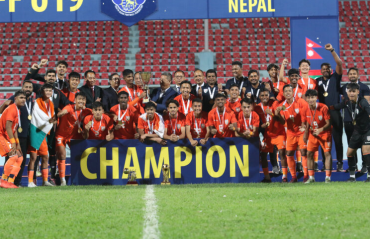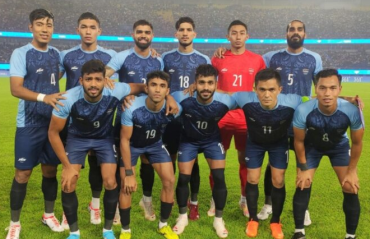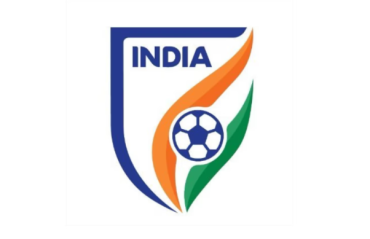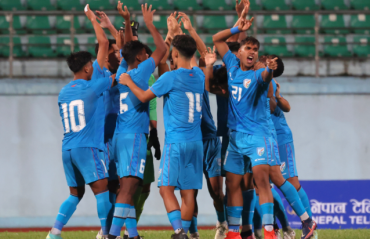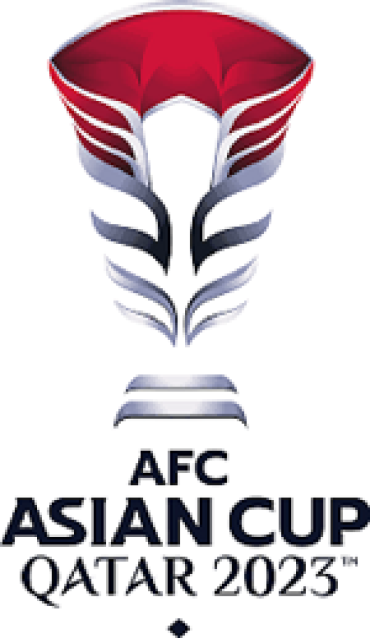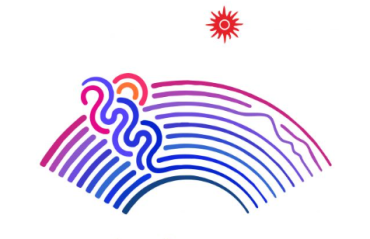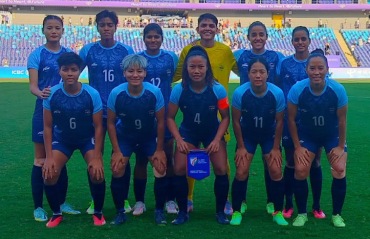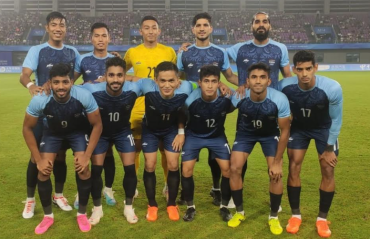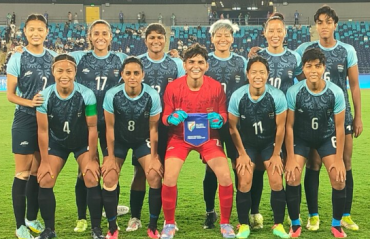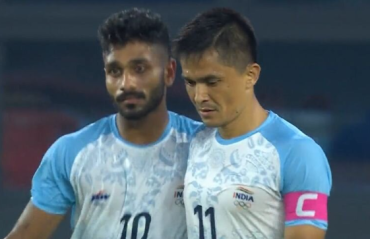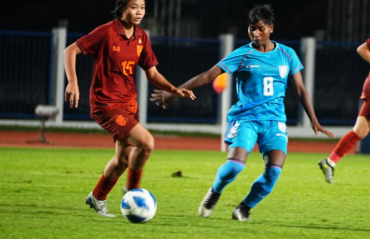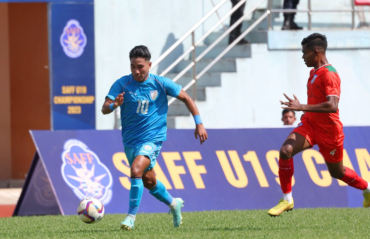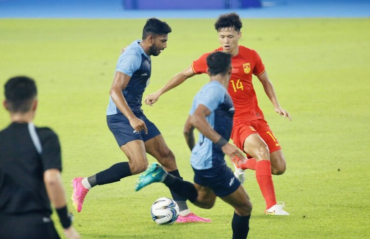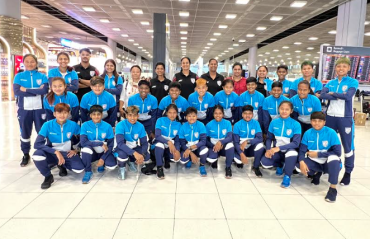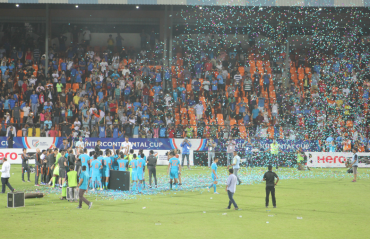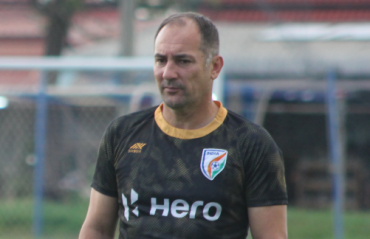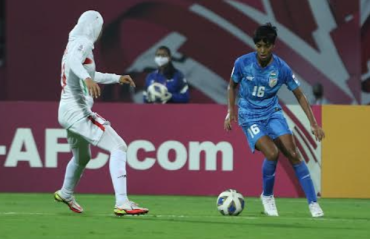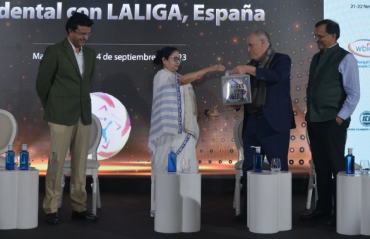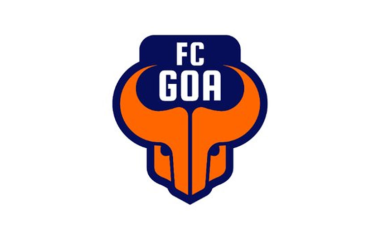#TFGtake: credit for I-League attendance boost goes to new clubs and venues more than AIFF
- By Chiranjit Ojha

- February 23, 2016
IN A SEEMINGLY RARE CASE of genuinely good news for Indian football, word has come out recently that halfway into the season, things are sort of looking up for the I-League.
The country's top division football league, despite being sidelined by the cash-rich ISL, has been witnessing slow growth in attendance and growth for the las2 3-4 years; and according to a report published in The New Indian Express, that growth rate has seen a sizeable increase this season.
The report says that the average attendance of the I-League has gone up 40% in the 2015-16 season compared to 2014-15. Sunanda Dhar, the I-League CEO, was quick to cite the Rs 2 crore joint promotional fund set-up by AIFF and I-League clubs as a reason behind the increase,
"This kitty is used for advertising matches on local TV channels or radio stations. A few days before matches, we’re running announcements... it’s happening in regional languages in Kolkata, Goa, Bengaluru, Mumbai and Pune. We would like to believe the increase in turnout has something to do with efforts like this.”
But the effect of this promotional drive - which is highly localised and low-key in nature when compared to the hyperbolic buzz weaved around ISL by IMG-Reliance and Star - on these numbers is most likely being exaggerated. While a publicity campaign of any kind is bound to have some effect, but not to the scale that AIFF would have the fans believe. More than that campaign, the bump in the average attendance came from a couple of other factors, some of which are much less celebratory.
One of the main reasons that dragged down the average attendance of I-League was playing most of the matches in stadiums where the local fans had little to no interest in the competition and its clubs. Last season, all 3 clubs from Goa - Salgaocar, Dempo and Sporting Clube de Goa - played all their home matches in the Fatorda Stadium, where the number of people present during the game hardly ever reached 200. And then there was the Balewadi Stadium in Pune, where despite bringing on lots of schoolchildren with free passes the stands lay mostly empty when Pune FC and Bharat FC played their home matches.
Despite having consistently low attendance, circumstances dictated that these two stadiums had to be used for the home matches of 5 different clubs; almost half the league was played here. So while the turnouts weren't too bad in Kolkata, Bengaluru, Shillong and Mumbai, the overall average came crashing down.
Fast forward to this season, Pune FC and Bharat FC have pulled out of the I-League. Dempo have been relegated to the 2nd Division. None of these are reasons to celebrate but has had a direct impact on the numbers. Salgaocar, also, have moved back to their original home ground, Tilak Maidan, and immediately seen their home attendance numbers return to what it used to be in the old days.
So the resident clubs at Fatorda and Balewadi are now down to 2 this season - Sporting Clube de Goa and DSK Shivajians. And despite all that promotion, the crowds they draw are visibly the smallest in the league.
But the biggest factor behind the growth is of course the arrival of the wildly popular Aizawl FC. The first club from Mizoram to make it to the top division, Aizawl FC have sold out every match they have played at the Rajiv Gandhi Stadium in Aizawl. The stadium, still under construction to reach its full capacity, has seen its stands overflow, and fans climb on trees and high rocks to get a view of the game. The newly-promoted club has not only boosted the average attendance of the I-League but the TV ratings as well, as the people of a whole new state have found themselves invested in it for the very first time.
But that's not to say the ads have done nothing at all. Last season, the I-League matches were held in Goa with near-absolute anonimity; even the tea stall owners next to the Fatorda didn't know there was a match taking place. Running announcements on newspapers and radio channels ought to have helped with that. Some of the Sporting Clube de Goa players and coach, when speaking to TFG, have spoken of a steady increase in home attendance as the league progressed. Although the numbers at Fatorda are still probably the smallest in the league, an increase is an increase.
In fact the increase could well have been much higher than 40% if the organisers had gotten a few things right. The Kolkata clubs are playing their home games at the Barasat Stadium right now; a smaller arena at a distance from the main city that sees a crowd about half the size of what we usually see at the Salt Lake Stadium during a non-Derby game. If the IFA, the state government and the local club officials had prepared in advance for the unavailability of their usual home venue, they could have gotten the Rabindra Bharati Stadium - within the city and with a higher capacity - ready to host I-League matches. The number of fans showing up there would have been much higher.
And it is likely to go even higher next time. This season, the 2nd Division League is set to see two of its clubs promoted to I-League instead of just one. And among the 6 clubs who have reached the final round are popular clubs like Lonestar Kashmir FC, Gangtok Himalayan FC, Kolkata's Mohammedan Sporting and Manipur's NEROCA. If Aizawl FC avoid relegation and Dempo fail to gain promotion, the 2016-17 season may end up being the most popular in the nearly 20 year history of the national league. And all that will happen organically, with things falling into place thanks to a higher number of clubs having actual dedicated fan-bases and representing a wider geographical area than the previous editions of the league.
The upswing in the popularity of I-League over the last few seasons has come despite promotions being nearly non-existent and telecast being irregular, sub-par. That's because it has seen the emergence of popular new clubs like Bengaluru FC, Shillong Lajong and Royal Wahingdoh in the national scene, who have added a lot of value to the league and kept it alive at a time when ISL has kicked prestigious tournaments like Federation Cup, Durand Cup and IFA Shield out of the calendar. And that's why today it's important to recognise the influence I-League has among the die-hard football fans in the country, and factor that in when attributing its growth in attendance and TV ratings.










